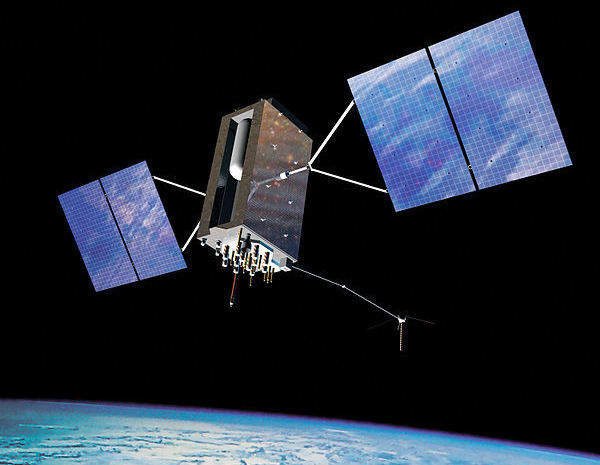
Raytheon’s next-generation GPS operational control system, GPS OCX, has successfully completed cybersecurity vulnerability tests.
The system has been designed to support the US Air Force’s (USAF) GPS III satellite launch programme.
The series of rigorous vulnerability assessments tested and demonstrated the OCX’s ability to defend the satellites against both internal and external cyber threats.
During the trials, the system prevented the broadcast of corrupt navigation and timing data, thereby strengthening the air force’s readiness to launch the first GPS III satellite next month.
Raytheon intelligence, information and services president Dave Wajsgras said: “We’ve built a layered defence and implemented all information assurance requirements for the programme into this system.
“We’re cognizant that the cyber threat will always change, so we’ve built GPS OCX to evolve and make sure it’s always operating at this level of protection.”
The cybersecurity evaluations have been conducted on the GPS OCX Block 0 launch and checkout system (LCS), which has been built to control Launch and Early Orbit (LEO) operations and the on-orbit checkout of all GPS III satellites.
The first tests were carried out in April, while the second series of tests were conducted in May.
Raytheon’s GPS OCX is the advanced ground control segment of a USAF-led effort carried out with an aim to upgrade and modernise the country’s GPS system.
On 29 September last year, the company completed the delivery of the GPS OCX Block 0 LCS to the USAF as a fully cyber-secure satellite ground system, which includes the computing hardware, operations centre workstations and mission application software required for launching the satellite into orbit and performing initial on-orbit testing.
In addition, the system entered its final software development phase in March.



